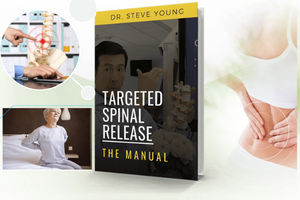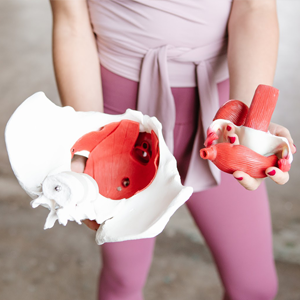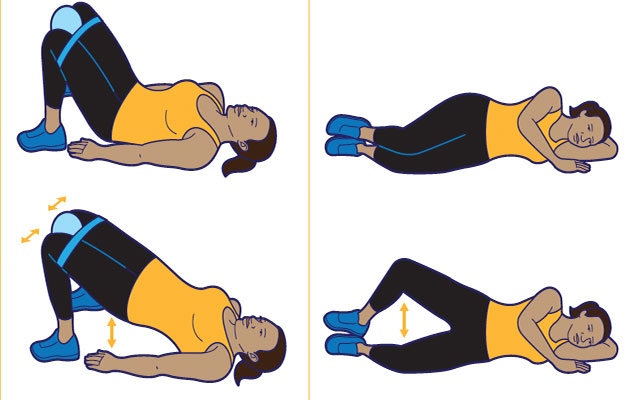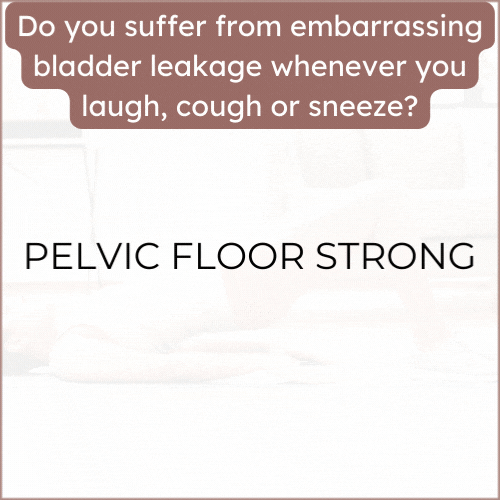Current Treatments for Female Pelvic Floor Dysfunctions
Pelvic floor dysfunction is a common problem among women, especially as they age. It can cause a variety of issues, including urinary and fecal incontinence, pelvic organ prolapse, and myofascial pelvic pain. Fortunately, there are a variety of treatments available to address these problems.
One of the most effective treatments for pelvic floor dysfunction is pelvic floor muscle training (PFMT). This involves squeezing and relaxing the pelvic floor muscles, often referred to as Kegel exercises, to strengthen them. PFMT can be particularly helpful for women with urinary incontinence or pelvic organ prolapse. In addition to PFMT, physical therapy and biofeedback may also be recommended to retrain and strengthen the pelvic floor muscles.
Behavioral and lifestyle changes can also be effective in treating pelvic floor dysfunction. This may include avoiding straining when using the bathroom, losing weight, and doing yoga. In some cases, prescription medications or muscle relaxers may be recommended to help relax the pelvic floor muscles.
It is important to note that treatments for pelvic floor dysfunction can vary depending on the specific condition and individual needs. It is recommended to speak with a healthcare provider to determine the most appropriate treatment plan.


































